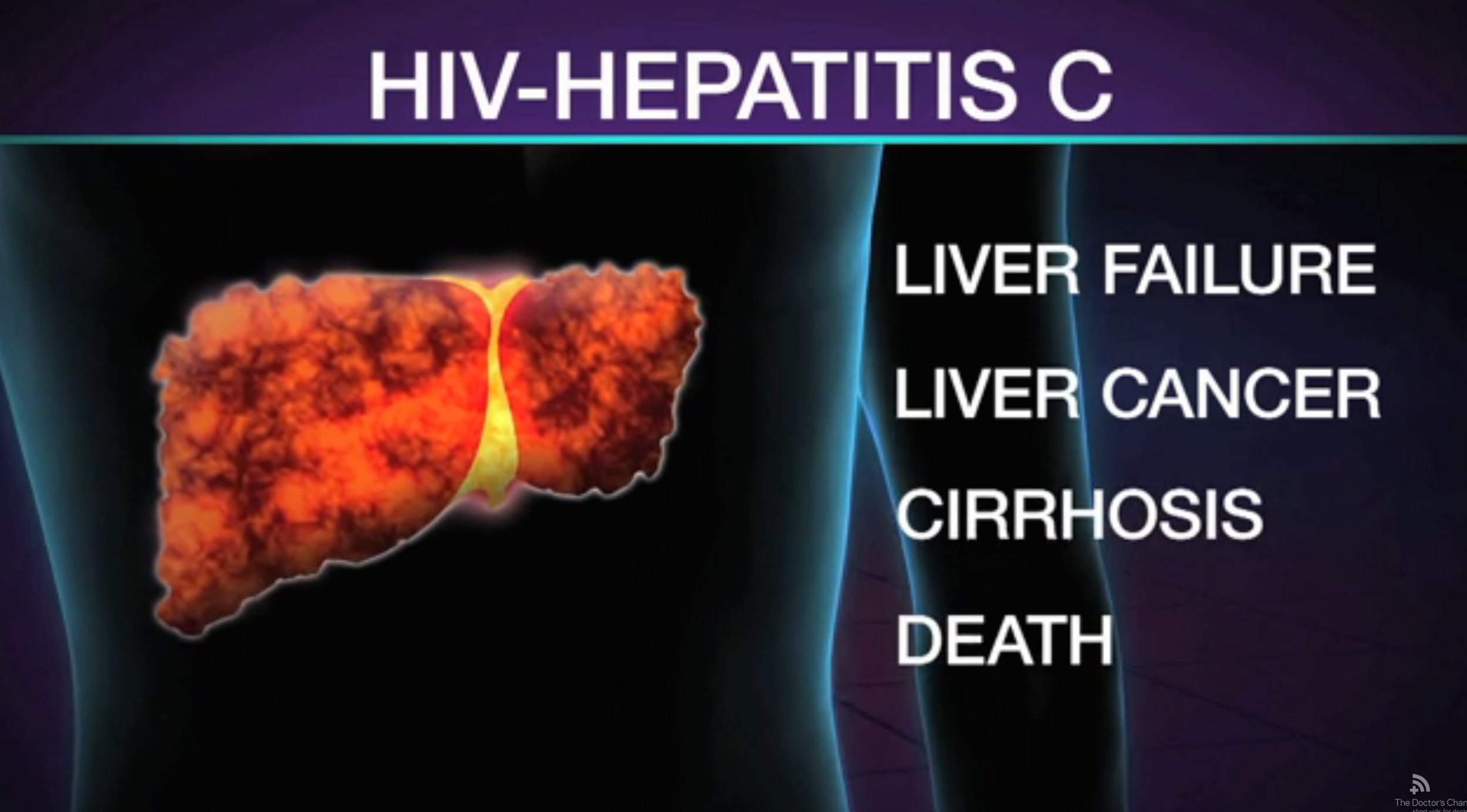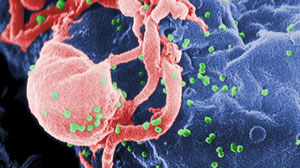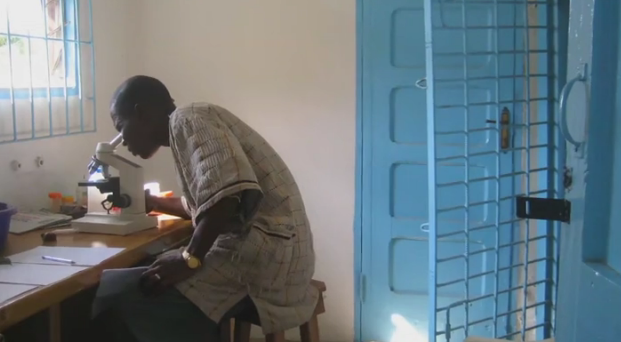NEW YORK (Reuters Health) – The presence of low-frequency HIV-1 drug resistance mutations – especially against non-nucleoside reverse transcriptase inhibitors (NNRTIs) – confers a greater than twofold increased risk of virologic failure in patients starting antiretroviral therapy for the first time, a pooled analysis of trial data indicates.
Currently used HIV drug resistance tests, used to tailor treatment regimens for patients with HIV, often fail to detect the presence of these “minority” drug resistance mutations, Dr. Jonathan Z. Li, of Brigham and Women’s Hospital in Boston noted in an email to Reuters Health. “We found that a more sensitive assay will identify additional mutations, the presence of which are associated with an increased risk of treatment failure,” he said.
In the April 6 issue of the Journal of the American Medical Association (JAMA), Dr. Li and colleagues report that approximately 11 patients would need to be screened with the most sensitive assay prior to starting an NNRTI-based regimen to avoid 1 case of virologic failure.
Clearly, there is a “rationale” for developing standardized assays for use in the clinic that are capable of detecting NNRTI-resistant minority variants, they write.
“There are more treatment choices than ever for patients with HIV,” Dr. Li noted. “Once these ultrasensitive tests become available for clinical use, physicians will be able to make more informed decisions on the best treatment regimens for their patients,” he said.
Pooled Analysis of 10 Studies
The clinical significance of minority HIV-1 drug resistance mutations “continues to be the subject of considerable debate and uncertainty," Dr. Li and colleagues note in their report.
To investigate further, they pooled data from 10 relevant studies involving a total of 985 HIV-1-infected, treatment-naive adults initiating an NNRTI-based regimen. There were 6 cohort studies, 3 case-control studies and 1 case-cohort study.
All of the studies looked for the minority mutation K103N; other commonly evaluated minority variants included Y181C, M184V and K65R. Most studies used allele-specific real-time polymerase chain reaction (PCR) to detect minority variants. One study used the HIV SNaPshot assay and one used ultradeep pyrosequencing. The lower limit of detection of minority variants differed widely between assays, with an upper range of 2% for the SNaPshot assay and a lower range of 0.003% for one of the PCR assays.
According to the investigators, minority HIV-1 drug resistance mutations were detected in a total of 187 study participants, including 117 of 808 patients in the cohort studies.
The presence of a minority variant was associated with a 2.3-fold increased risk of virologic failure after controlling for medication adherence, race/ethnicity, baseline CD4 cell count, and plasma HIV-1 RNA levels. The presence of NNRTI-resistant minority variants was associated with a 2.6-fold increased risk of virologic failure.
Sensitivity analyses limited to data obtained from the cohort studies confirmed the “robustness” of the findings, the researchers say. Among subjects in these studies, 35% of those with detectable minority variants experienced virologic failure compared with 15% of those without minority variants.
The researchers say the risk of virologic failure associated with a minority variant was similar to that conferred by suboptimal ART adherence. However, optimal medication adherence did not completely compensate for the presence of a minority mutation, they note.
Compared with white participants, those of black, Hispanic, and other races/ethnicities all had an increased risk of virologic failure. This could be mediated by a variety of factors including socioeconomic status and drug and alcohol use. Further studies are needed to identify additional factors that contribute to the risk of virologic failure in patient with minority variants, researchers conclude.






